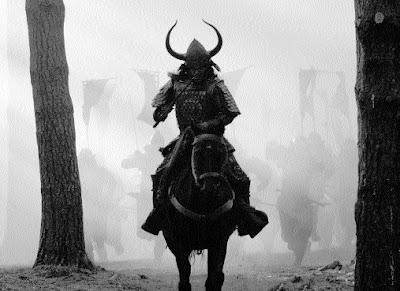Would You Camp Here?
Bigfoot hunter Robert Dodson prepares to solo camp deep in the heart of bigfoot country. Not very many people would feel safe out there, let alone by themselves. To make things even more intense, it looks like the bigfoot might already be there.




Your own search eventually became focused on a wild area of Nepal known as the Barun Valley. Put us on the ground—and explain your hypothesis about what the Yeti actually is.
ReplyDeleteDue to its microclimate, the Barun Valley brings in more moisture than any other valley in the Himalayan system. That means the Barun is really dense jungle with a lot of rain. That is why people didn’t settle it. If you’re looking for the last read-out of the wild, it is this valley. It is so dense that very few people have actually entered it, even the locals who live on its edge.
I was advised to go there by the King of Nepal, who said, “If you want to go to the wildest place, where the Yeti might be, it is the Barun.” And when the King says that, you go, because he really knows his country.
Once I got in that valley I found footprints. I’d seen footprints before but these were fresh and I had no doubt I had found the Yeti.
The question was, what made them?
A local hunter I worked with said he thought what I’d found was a tree bear. I’d never heard of a tree bear in this region. Suddenly we had an explanation for where the thumb came from. A bear that lives in a tree forces an inner digit down so it can make an opposable grip. Normal bears cannot make an opposable grip. But if you’re spending a lot of time in the tree, you train that one thumb to grab a branch or break bamboo. So I spent two years trying to figure out whether it was a species, sub-species, or a juvenile bear.
DNA analysis became a powerful new tool in the search for the Yeti. Tell us about the tests done by Bryan Sykes, at Oxford University, in England, and what new light they shed on the mystery.
DeleteThey created a lot of confusion! A professor from Oxford makes a global call for all Yeti artifacts—hair, fingernails, bones, fragments—and he gets many, many artifacts, mostly bits of bear or sheep. He then does DNA analysis and finds that two appear to be bear-like, but can’t be explained by any known animal. The closest DNA connection is the polar bear but with mysterious DNA sequences.
After he publishes his research, the Yeti myth gets reactivated worldwide. A couple of doctoral students then decide to check his DNA sequencing. They show that he made a mistake and that rather than proposing a new animal it is the incomplete sequence of a known animal. Once again, we come back to the bear.
http://news.nationalgeographic.com/2017/08/yeti-abominable-snowman-bear-daniel-taylor/#
I bleeve in bigfoot
DeleteI am not afraid of big hairy men
I am a big hairy man